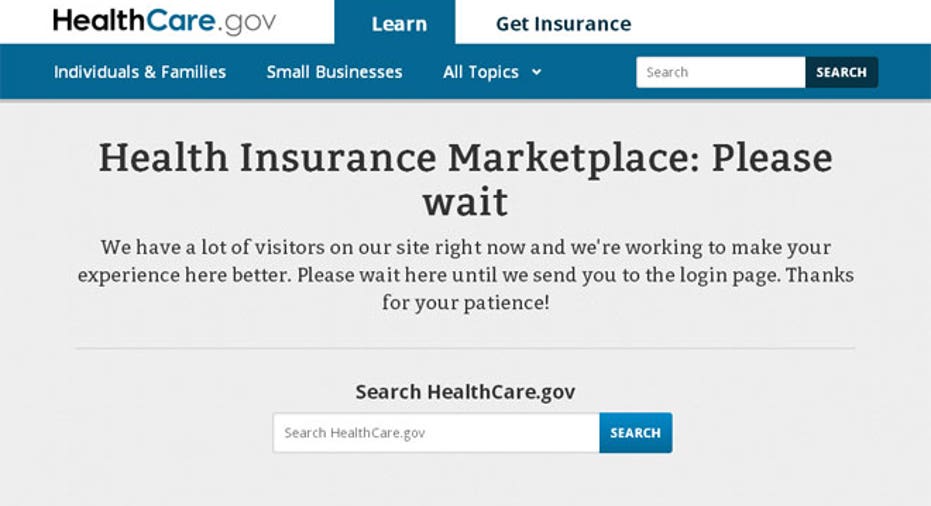ObamaCare Meets the Griswolds

Watching the glacial-paced improvements to HealthCare.gov, the federal Obamacare health insurance marketplace site, brings to mind that wonderfully goofy scene in "National Lampoon's Christmas Vacation," in which Chevy Chase as Clark Griswold attempts to light the house for the holidays.
Staple gun in hand, Clark approaches the roof of his family's two-story suburban home with much the same vigor that Michelangelo brought to the ceiling of the Sistine Chapel, albeit without the skill set. Once he turns on the juice, first nothing happens, then everything happens -- blacking out greater Chicago.
We haven't quite reached the scene's final "Hallelujah Chorus" resurrection reboot on HealthCare.gov yet, but we're getting there.
Uncoordinated contractors
While much of the nation waits bewildered for a secret password or username that will get them past the smiling "young invincible" on the homepage to the promised health insurance plans and prices within, software engineers like David Auerbach have been busy explaining the Griswoldiness of it all to us laymen.
Writing in Slate, Auerbach explains that the site was apparently built by two contractors: one to handle the user-friendly front end, another the back end where all the magic happens. The problem is, "Coordination between them seems to have been nonexistent," he writes.
"So we had (at least) two sets of contracted developers, apparently in isolation from each other, working on two pieces of a system that had to run together perfectly," he says. "Anyone in software engineering will tell you that cross-group coordination is one of the hardest things to get right, and also one of the most crucial, because while programmers are great at testing their own code, testing that their code works with everybody else's code is much more difficult."
No wonder there are login glitches
Case in point: those infuriating error messages that appeared when many of us, myself included, tried to enter our username and/or password to simply gain entry to, well, more spinning clocks.
"The bugs around username and password standards -- for example, the fact that the username required a number but the user interface didn't tell the user about it -- are not problems of scale. They're problems of poor cross-group communication," Auerbach explains. "I'll bet that plenty of people knew what was going to happen when the site rolled out, but none of them were in a position to mitigate the damage."
But for HealthCare.gov, as for the Griswolds, a few such glitches do not a disaster make.
"Bugs can be fixed. Systems can even be re-architected remarkably quickly. So nothing currently the matter with HealthCare.gov is fatal," Auerbach writes. All that's needed is a top engineer with blanket authority to coordinate the front-end and back-end teams to fix the flow.
And like Clark Griswold, you gotta believe.



















